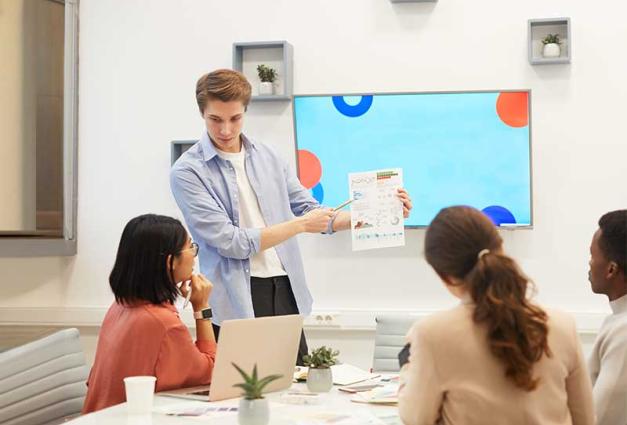People are living longer than ever. For many countries, average life expectancy is predicted to soon exceed 80 years. As a longevity expert put it, “We should be planning for more life.” And of course, this includes maintaining a healthy lifestyle.
But there’s a problem: The future is far away, and people may struggle to adopt healthy habits in the present if they can’t clearly imagine those distant future benefits. In fact, research shows that people think about their future selves differently than they think about their present selves. When picturing things in their future, people often imagine themselves through the eyes of an observer – as if they are looking at themselves from the outside in – rather than from a first-person point of view. When making decisions, people treat their future selves more like strangers than an extension of their present selves. For example, students committed their future selves to unpleasant tasks (like drinking a disgusting liquid for the benefit of science or receiving mass e-mails soliciting donations) at the same rate as they committed an anonymous fellow student to these tasks, and much more than they committed their present self.
The fuzziness of future selves may make it challenging to plan ahead, like engaging in behaviors today that lead to a long and healthy life tomorrow. So how can we motivate people to contribute to a brighter future for themselves? Sarah Raposo, a doctoral student at Stanford University, shared research that tackles this question at the Society for Personality and Social Psychology’s 2018 Convention in Atlanta, Georgia.
Raposo and her colleagues first tested how individual differences in the vividness with which people could imagine their future predicted health habits. One-hundred and sixty-one adults answered whether they agreed with statements like “images of myself in the future are very hazy, not clear at all.” Then, they reported their health habits. People who had a sharper image of their future selves kept a healthier lifestyle. Specifically, they got about 30 more minutes of sleep each night, 10 more minutes of exercise each day, and ate 1 more fruit or vegetable.
Why might this happen? Those who imagined more vivid futures felt more positively about their future. And the better people felt about their futures, the healthier their lifestyle. It’s not that those who imagined vivid futures were wary of aging and trying to avoid some kind of terrible outcome they were imagining. This is important to consider because there are many negative societal expectations regarding aging, like that it’s a time of decline and frailty, that might undermine positive feelings toward a future self.
So how can we move a future from vague to vivid? Raposo and her colleagues took advantage of a creative method developed by Hal Hershfield at UCLA. They brought 103 younger adults into the lab and either showed them age-progressed images of themselves – Avatars for them in their upper 60s – or same-age Avatars. For younger adults who felt more negative about their future, getting this clear contact with their future self strengthened their intentions to engage in exercise and to eat fruits and vegetables. Especially for people whose futures feel ambiguous or uncertain, bridging the gap between their present and future selves can help build health in the present moment. As Raposo puts it: “Envisioning a vivid and detailed future may be one way to motivate people to take steps today that can ensure long and healthy lives.”
Pause for a moment to think: When you imagine your future, what do you see? Perhaps we can use strategies in our everyday lives to create visions of our future that are more concrete. For example, we could bring our future self closer by reflecting on how we may think, feel, and act similarly in the future as we do now. In one study, this kind of “future self perspective-taking” – reminding students that they will be the same person later on, feeling the same time pressures and facing the same concerns – made them less likely to overcommit their future selves. Or we might strive to envision a more positive future by reflecting on experiences we are looking forward to with age – whether it’s savoring relationships with family and close friends, finding time for those novels on your to-read list, or traveling the world post-retirement. Finding ways to bring our future self into the present can benefit us both now, and later.
Lauren C. Howe is a postdoctoral scholar in the Mind & Body Lab at Stanford University. Her research explores factors that shape trust in experts, particularly in the context of patient-physician interactions.




